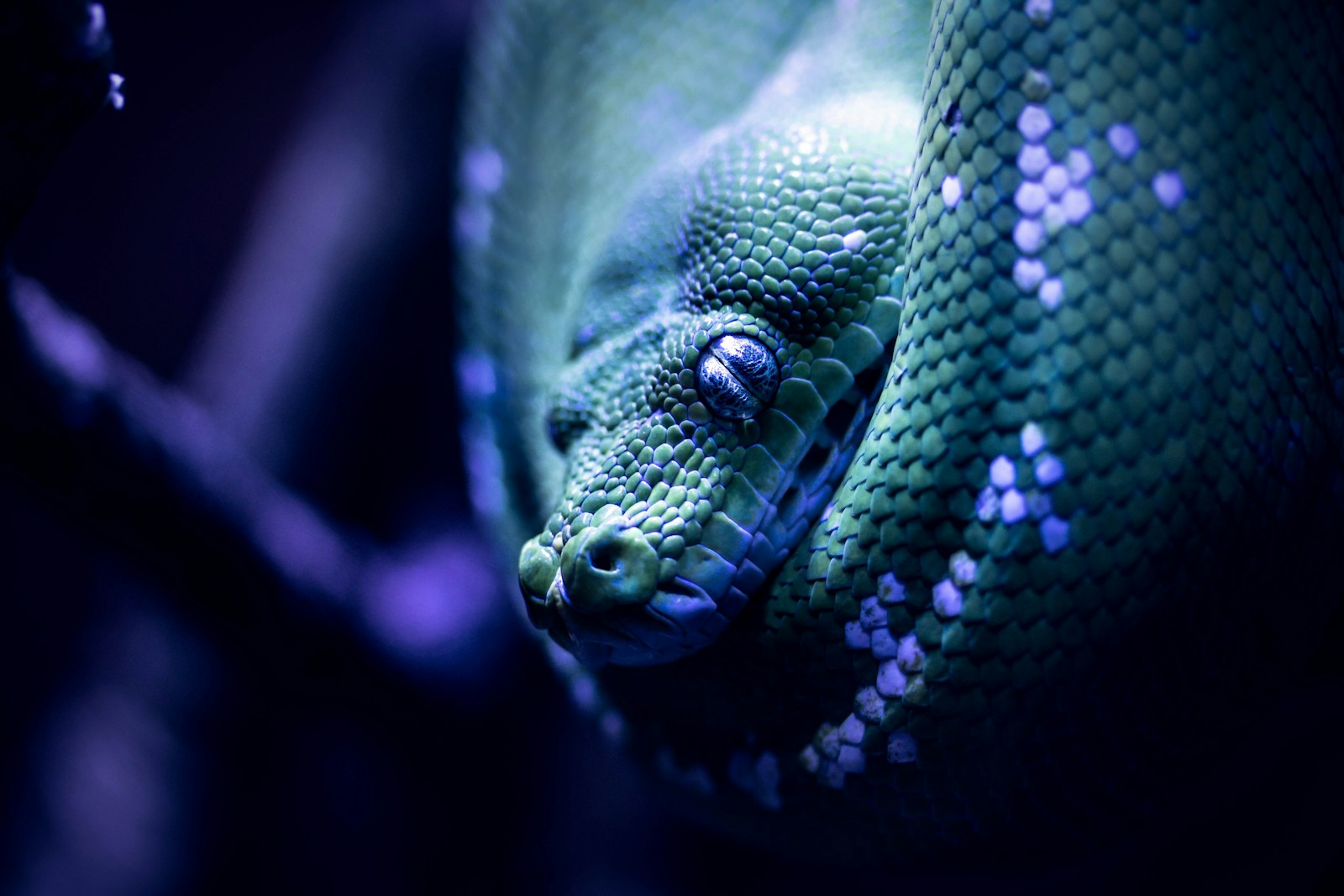From the verdant plains of ancient Egypt to the misty temples of pre-colonial Mesoamerica, snakes have slithered their way into the sacred iconography of civilizations across time and geography. These serpentine creatures, often feared in modern contexts, once represented something quite different to our ancestors—the powerful, mystical embodiment of life, rebirth, and fertility. Their ability to shed their skin and emerge renewed, their sinuous movements, and their connection to both earth and water made them perfect symbols for cultures seeking to understand and honor the cycles of creation. This article explores how these remarkable reptiles became intertwined with human concepts of fertility and regeneration across diverse ancient societies, revealing surprising connections that continue to influence cultural symbolism even today.
The Biological Basis of Snake Symbolism
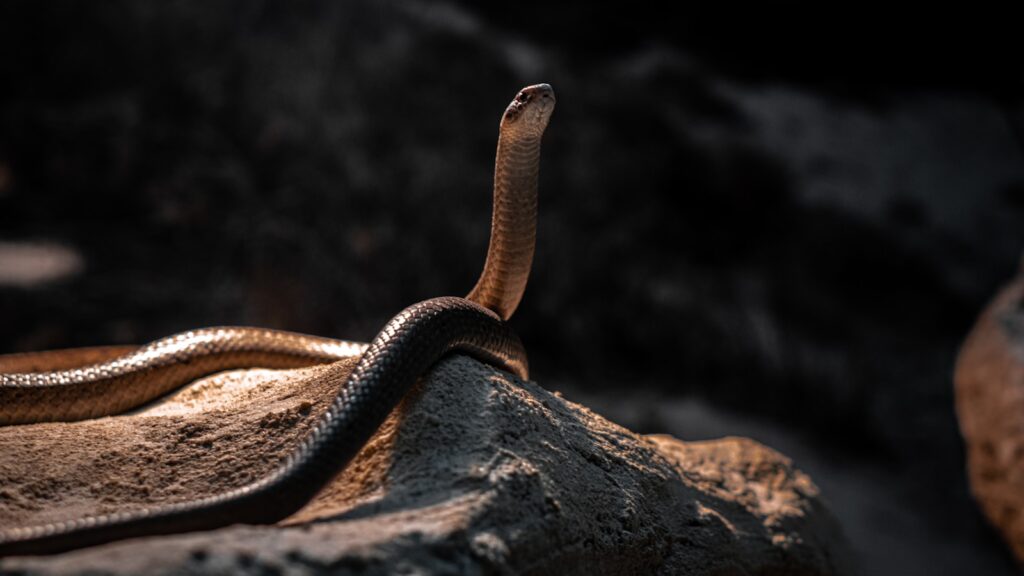
Before exploring cultural interpretations, it’s important to understand why snakes made such compelling fertility symbols from a biological perspective. The snake’s ability to periodically shed its entire skin and emerge seemingly renewed created a powerful visual metaphor for rebirth and regeneration that didn’t go unnoticed by early observers. Their cylindrical, phallic shape provided an obvious connection to masculine fertility, while their ability to emerge from the earth linked them to the feminine aspects of creation and agricultural fertility. Additionally, the snake’s remarkable reproductive capacity—with some species laying dozens of eggs at once—reinforced their association with abundance and procreation. These natural characteristics made snakes ideal candidates for deification in fertility cults across numerous early civilizations, establishing a symbolic foundation that would endure for millennia.
Serpent Worship in Ancient Egypt
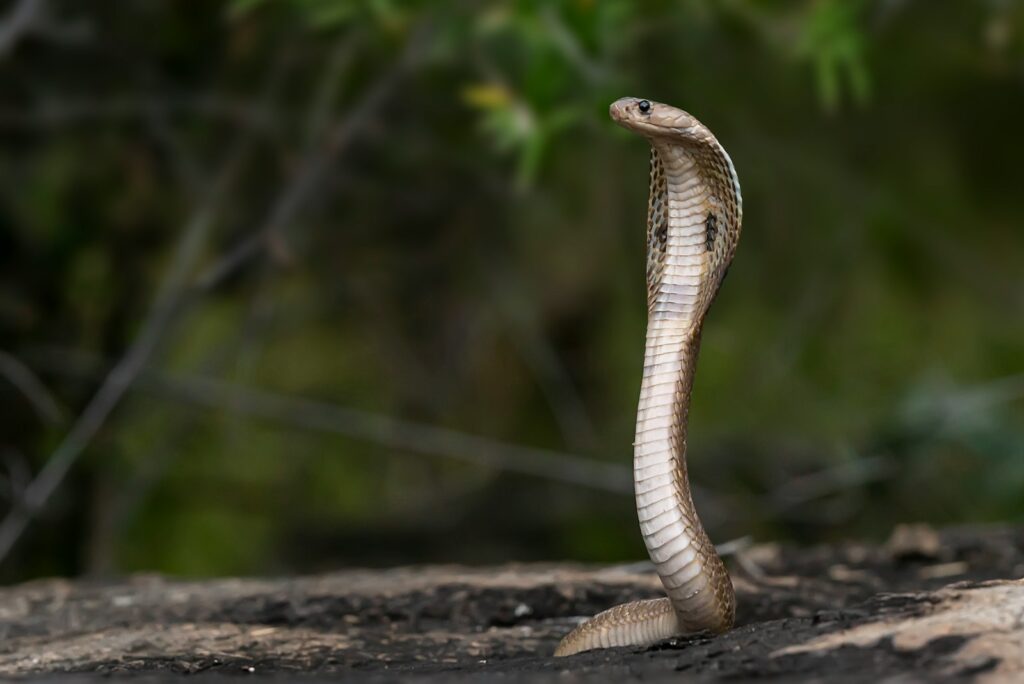
In ancient Egypt, serpents played a multifaceted role in religious iconography, most notably through the cobra goddess Wadjet, who represented Lower Egypt and served as a protector of pharaohs and childbirth. The uraeus—the cobra emblem worn on the royal headdress—symbolized sovereignty but also carried powerful associations with fertility and protection of life. Egyptian creation myths featured the primordial serpent Apophis, representing chaos, but also included benevolent snake deities like Renenutet, a goddess directly associated with the harvest, nourishment, and the fertility of fields. The snake’s connection to the Nile’s life-giving floods further cemented its status as a fertility symbol, as agricultural abundance depended on these annual inundations. Egyptian women often wore snake amulets during pregnancy, believing in the serpent’s power to ensure safe childbirth and healthy offspring.
Mesopotamian Snake Goddesses
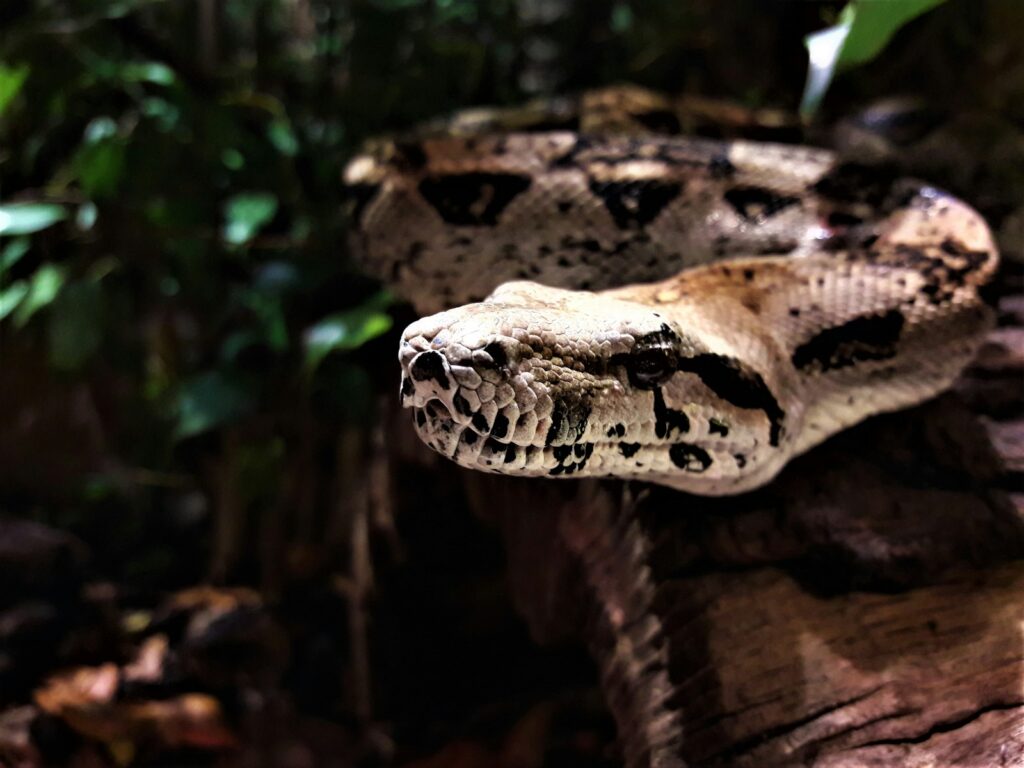
Mesopotamian cultures developed some of the earliest and most enduring associations between snakes and fertility, particularly through the goddess Ninhursag, sometimes depicted with serpentine attributes and known as the “mother of life.” The Epic of Gilgamesh provides one of the most famous serpent fertility connections, where a snake steals the plant of immortality from the hero, reinforcing the serpent’s association with eternal life and regeneration. In Sumerian mythology, the healing god Ningishzida was represented by a staff with intertwined snakes—a symbol strikingly similar to the later Greek caduceus and suggesting healing powers connected to fertility and life. Archaeological discoveries throughout the region have unearthed numerous snake figurines in household shrines and temples dedicated to fertility deities, indicating that serpents were invoked for both agricultural bounty and human reproduction. The dual nature of Mesopotamian serpent symbolism—representing both danger and life-giving power—reflected the complex relationship these early civilizations had with the forces of nature they sought to propitiate.
Greek and Roman Serpent Symbolism
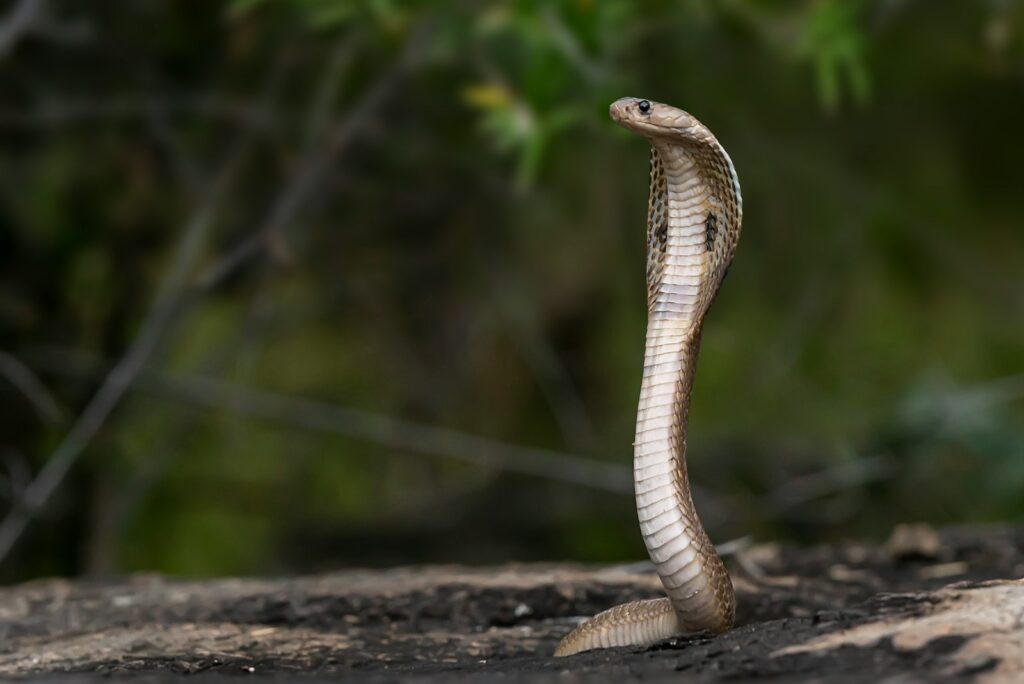
In Greco-Roman culture, snakes became intimately connected with fertility through their association with chthonic (underworld) deities and earth-bound powers of regeneration. The god Asclepius, associated with healing and resurrection, carried a staff entwined with a serpent that remains a symbol of medicine to this day, connecting serpents with life-restoring powers. Fertility rituals dedicated to Dionysus often featured snake handling, while the god himself was sometimes depicted with snakes in his hair, emphasizing his connections to vitality and the generative powers of nature and agriculture. The Mystery cults of Demeter at Eleusis incorporated snake symbolism in their secretive fertility rites, likely representing the cyclical nature of life, death, and rebirth that mirrored agricultural seasons. Roman household shrines frequently featured the genius loci (protective spirit) in serpent form, believed to guard the family’s continuity and prosperity, while snake imagery appeared on jewelry worn by pregnant women seeking protection during childbirth.
The Nagas of Hindu and Buddhist Traditions
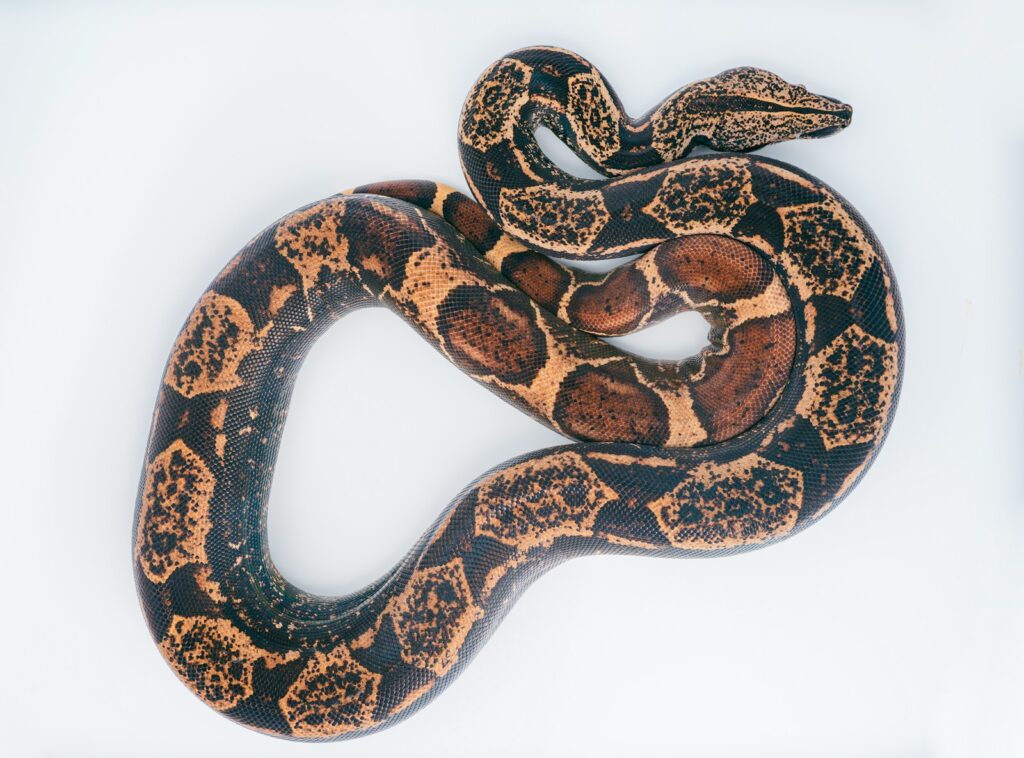
In the rich tapestry of Hindu mythology, nagas—divine serpent beings—emerged as powerful symbols of fertility, weather control, and guardianship of life-giving waters. These serpent deities were believed to control the monsoon rains upon which agricultural fertility depended, creating a direct link between snakes and agricultural prosperity. Ananta, the cosmic serpent upon which Vishnu rests, represents infinity and the eternal cycles of creation, while the naga Vasuki served as the rope in the churning of the cosmic ocean that produced amrita, the elixir of immortality. In Buddhist traditions, nagas protected Buddha during meditation and were converted to his teachings, becoming guardians of sacred texts and temples. The widespread worship of nagas throughout South and Southeast Asia persists today in festivals like Nag Panchami, where snakes are venerated as fertility deities and agricultural protectors, demonstrating the enduring power of serpent symbolism across millennia of cultural evolution in the region.
Chinese Dragons and Fertility
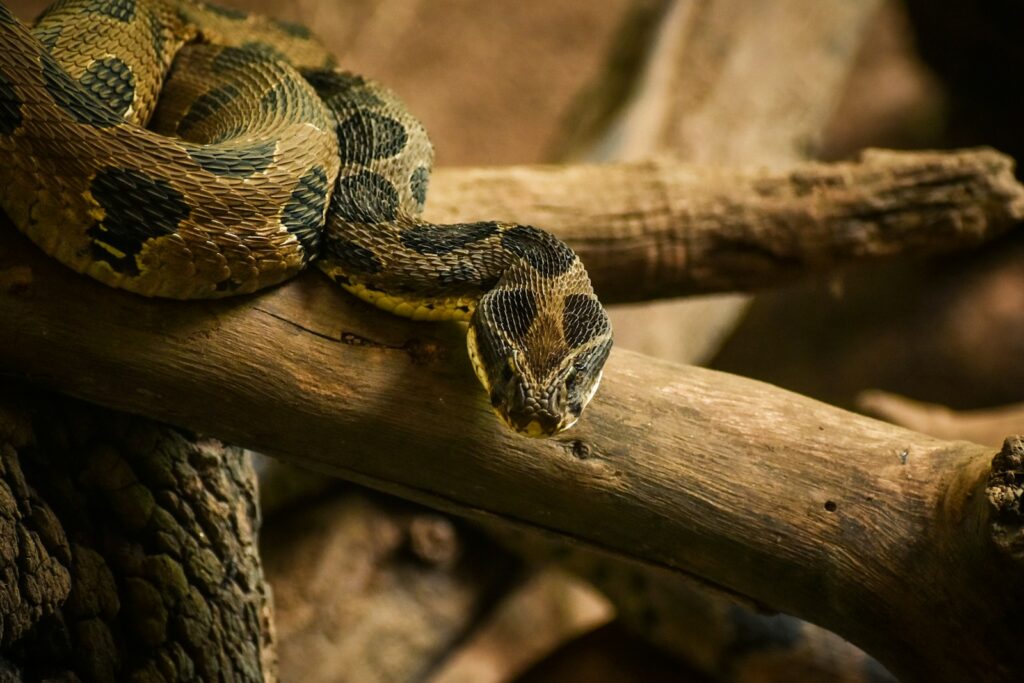
Chinese culture transformed the serpent archetype into the dragon, a composite creature retaining the snake’s fundamental form while incorporating elements of other animals. These magnificent serpentine beings became central to fertility concepts, particularly through their association with water, rain, and agricultural abundance. Unlike Western dragons, Chinese dragons were benevolent creatures whose movements through the heavens were believed to bring life-giving rain to ensure bountiful harvests. The Dragon King, ruler of water and weather, was propitiated during droughts with elaborate ceremonies seeking his intervention for agricultural prosperity. During the imperial era, the dragon became the symbol of the emperor himself, representing his power to ensure the fertility and prosperity of the realm through the mandate of heaven. The enduring tradition of dragon boat festivals, originally connected to agricultural fertility rites seeking seasonal rains, demonstrates how deeply serpentine symbolism penetrated Chinese cultural concepts of reproduction and abundance.
Mesoamerican Feathered Serpents
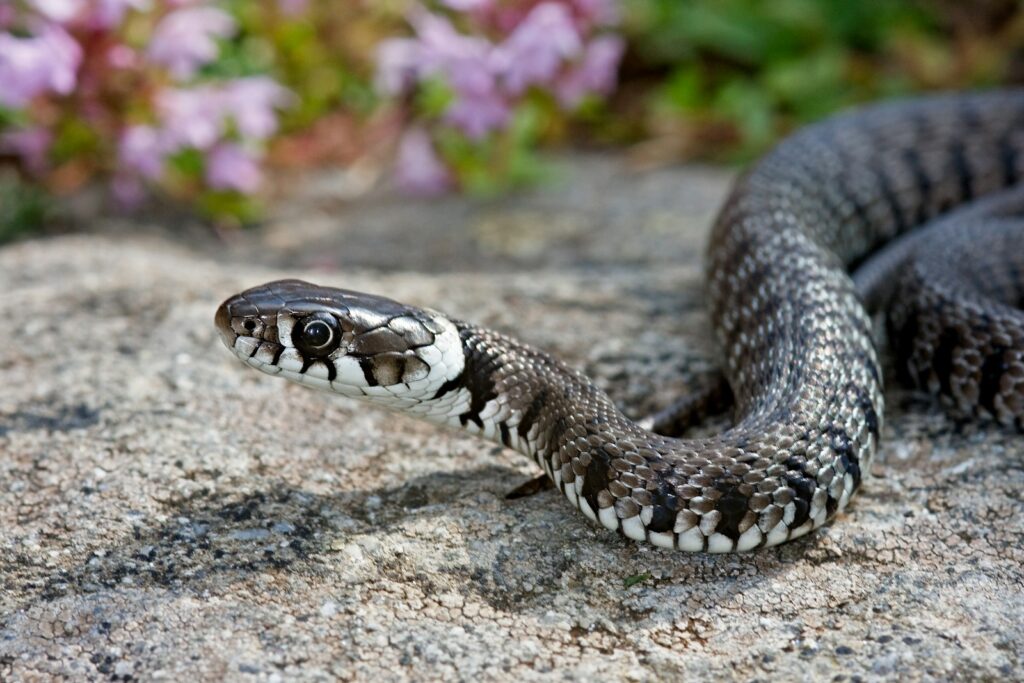
Perhaps nowhere was the connection between serpents and fertility more pronounced than in ancient Mesoamerican civilizations, where the feathered serpent deity Quetzalcoatl (to the Aztecs) or Kukulkan (to the Maya) reigned as a supreme creator god. This magnificent deity combined the earthbound nature of the snake with the freedom of birds, creating a powerful symbol of dualities including fertility and creation. Archaeological evidence from Teotihuacan shows serpent imagery prominently displayed on the Temple of the Feathered Serpent, indicating its central importance to religious life. The Aztec mother goddess Coatlicue, whose name means “Serpent Skirt,” was depicted wearing a skirt of writhing snakes, directly connecting serpentine imagery with feminine reproductive power. Mayan temples were precisely designed so that during equinoxes, shadows would create the appearance of a serpent descending the pyramid steps, dramatically linking snake symbolism with seasonal agricultural cycles. These serpent cults played a crucial role in regulating agricultural calendars and fertility rituals that ensured community survival and prosperity.
African Serpent Deities
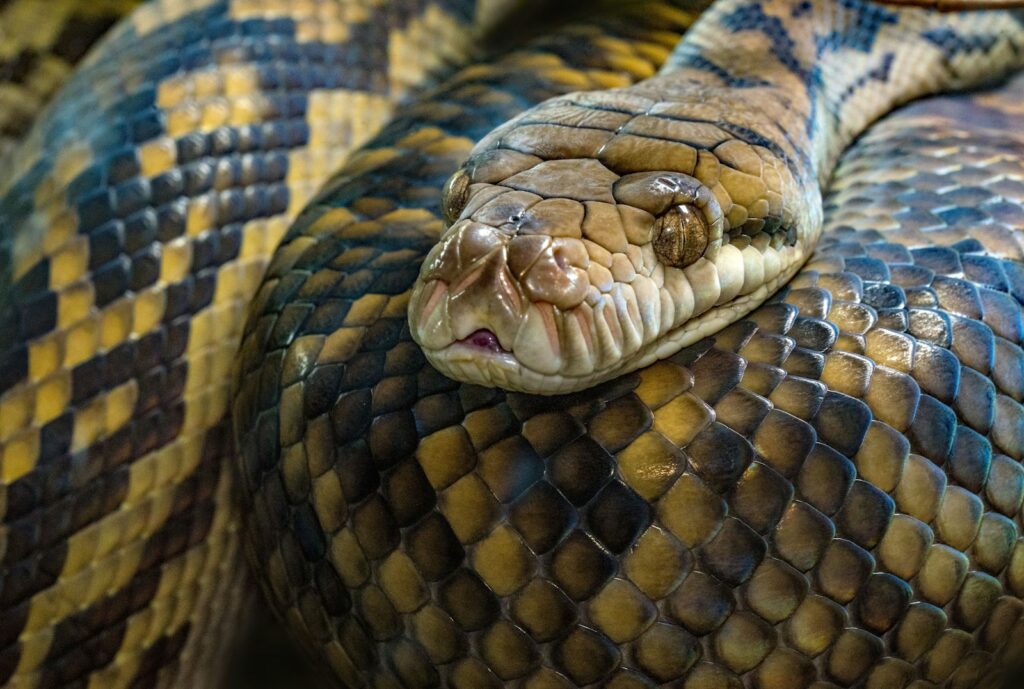
Throughout the African continent, serpent worship has been intimately connected with fertility, ancestor veneration, and the cyclical nature of life. The ancient Dahomey kingdom (modern Benin) venerated Dagbe, the python deity, as a source of fertility, with priests and priestesses maintaining sacred python temples where women would seek blessings for conception. In West African Vodun traditions, the serpent deity Dan Ayido Hwedo represents cosmic creation, fertility, and the rainbow, believed to connect earth and sky while ensuring abundant rainfall for crops. Among the Dogon people, the primordial serpent Lebe is associated with the renewal of the earth and agricultural prosperity, honored through elaborate ceremonies at planting and harvest times. Eastern African communities like the Kalenjin traditionally associated particular snake species with ancestral spirits who could influence family prosperity and fertility, creating taboos against harming these serpents and establishing sacred groves where they were protected.
Norse and Celtic Serpent Symbolism
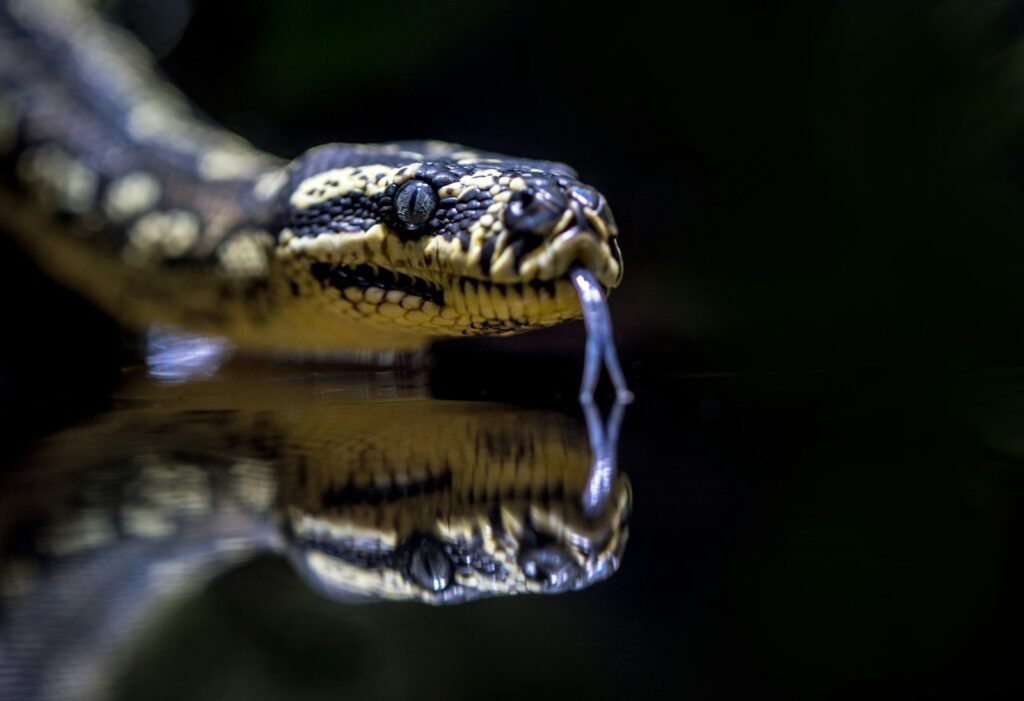
Northern European traditions incorporated serpent and dragon imagery into their fertility symbolism, though often with more complex and sometimes contradictory associations than their southern counterparts. The Norse Jörmungandr, the World Serpent encircling Midgard, represented both destruction and the cyclical nature of existence, while serpentine dragon motifs appeared on items associated with fertility and protection. Celtic traditions featured serpent imagery on fertility amulets and sacred objects, while the serpent egg or “Druid’s egg” was believed to hold powerful reproductive magic. The legendary Welsh red and white dragons, fighting beneath the earth, were associated with territorial fertility and sovereignty, their battles affecting the prosperity of the land. Archaeological discoveries of snake-like bracelets in female burials throughout Northern Europe suggest connections between serpent imagery and female reproductive power. Even as Christianity spread through these regions, serpent symbolism persisted in folk practices related to childbirth and agriculture, often disguised within new religious frameworks.
Aboriginal Australian Rainbow Serpents
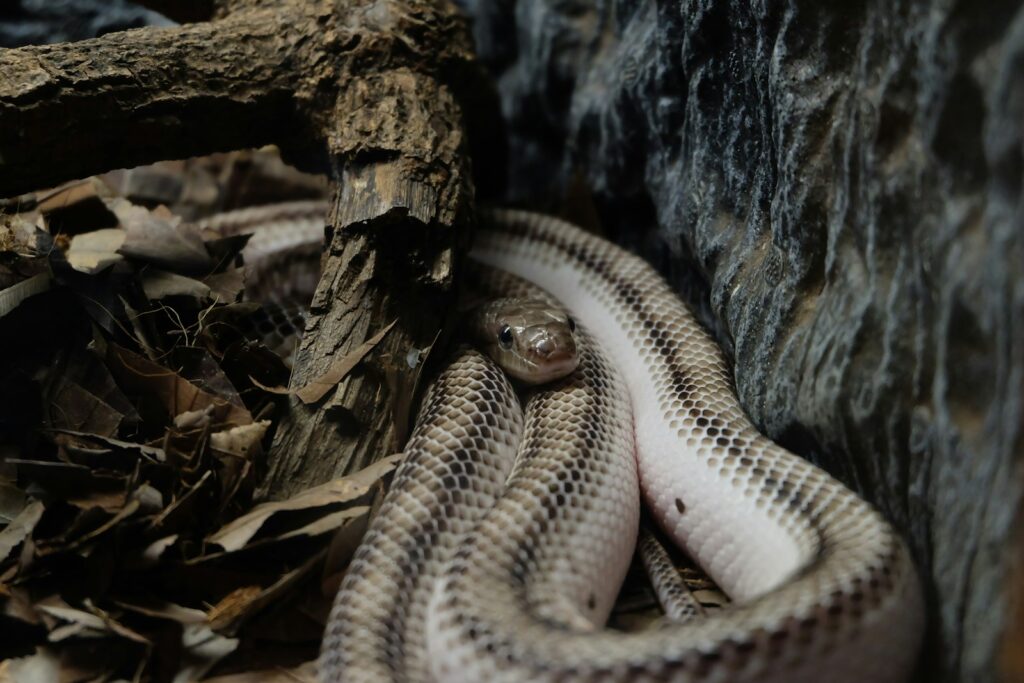
In the world’s oldest continuous culture, the Aboriginal Australian traditions feature the Rainbow Serpent as a primordial creator being intimately connected with fertility, water sources, and the creation of landscapes. This powerful creator deity is believed to have shaped the earth’s topography during the Dreamtime, creating rivers, mountains, and water holes essential for life in the harsh Australian environment. The Rainbow Serpent’s presence is associated with rainfall and water sources, making it directly connected to the fertility of the land and the sustenance of communities dependent on these resources. In many Aboriginal traditions, the Rainbow Serpent is specifically linked to human reproduction, menstruation, and birth, with some communities believing the serpent determines when women become pregnant through spiritual means. Ceremonies honoring the Rainbow Serpent are still performed today, maintaining the world’s longest continuous religious practice centered on serpentine fertility symbolism, spanning at least 50,000 years of human cultural development.
Pacific Island Serpent Deities
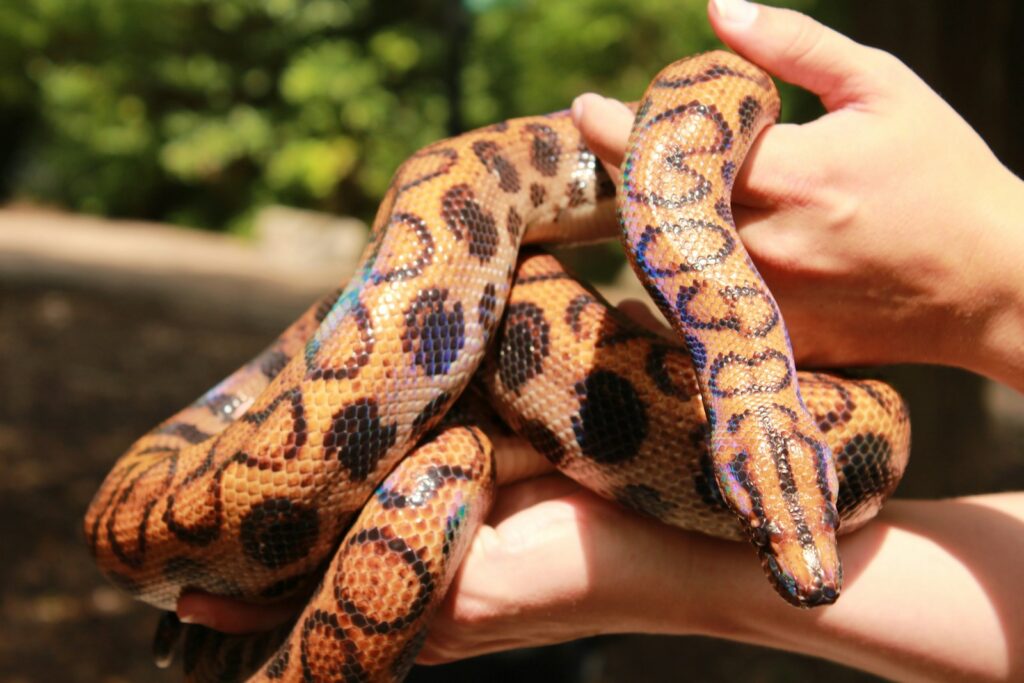
Across the islands of Polynesia, Melanesia, and Micronesia, serpent and eel deities played crucial roles in creation myths and fertility beliefs, often reflecting the importance of marine environments to these cultures. In Hawaiian mythology, the mo’o were powerful lizard or dragon-like deities associated with freshwater, agriculture, and female reproductive power, believed to guard fishponds and taro fields critical to community sustenance. Fijian traditions included the serpent god Degei, who created the first humans and controlled agricultural fertility through his influence over weather patterns and volcanic activity. Throughout the Solomon Islands, serpent beings were associated with clan origins and territorial fertility, with some communities tracing their ancestry directly to serpent progenitors. These Pacific serpent deities often demonstrated a particularly strong connection to water—both fresh and salt—reinforcing the link between serpentine symbolism and the life-giving properties of aquatic environments essential to island communities.
Psychological Perspectives on Snake Symbolism
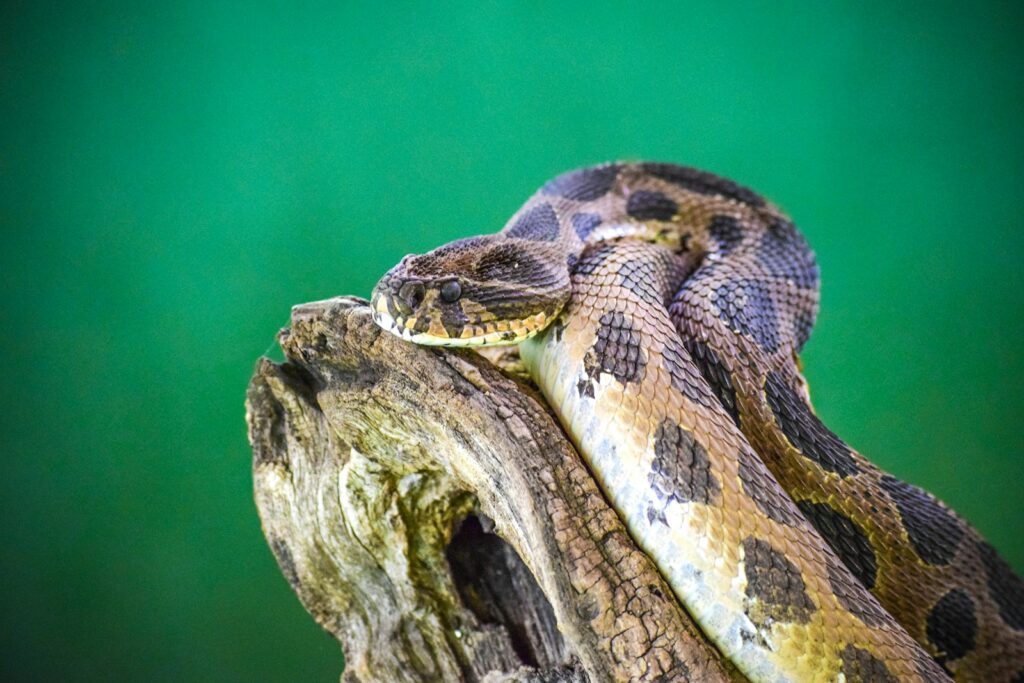
Modern psychological analysis offers fascinating insights into why snakes became such prevalent fertility symbols across disparate cultures with no contact. Carl Jung identified the serpent as a universal archetype emerging from the collective unconscious, representing transformation and life energy in ways that transcended cultural boundaries. Freudian interpretations suggest the obvious phallic symbolism of snakes made them natural fertility emblems, while feminist scholars have noted the snake’s dual representation of both masculine and feminine reproductive principles. Studies in comparative mythology by scholars like Joseph Campbell have demonstrated how the snake’s physical properties—its shedding, its emergence from the earth, its sinuous movement—created a natural template for reproductive symbolism that independent cultures recognized and incorporated into their belief systems. Neuropsychological research suggests humans may have evolved heightened attention to snake-like forms as a survival mechanism, potentially explaining why serpents became such powerful and attention-commanding religious symbols across cultures at the dawn of symbolic thinking.
Modern Survivals of Snake Fertility Symbolism
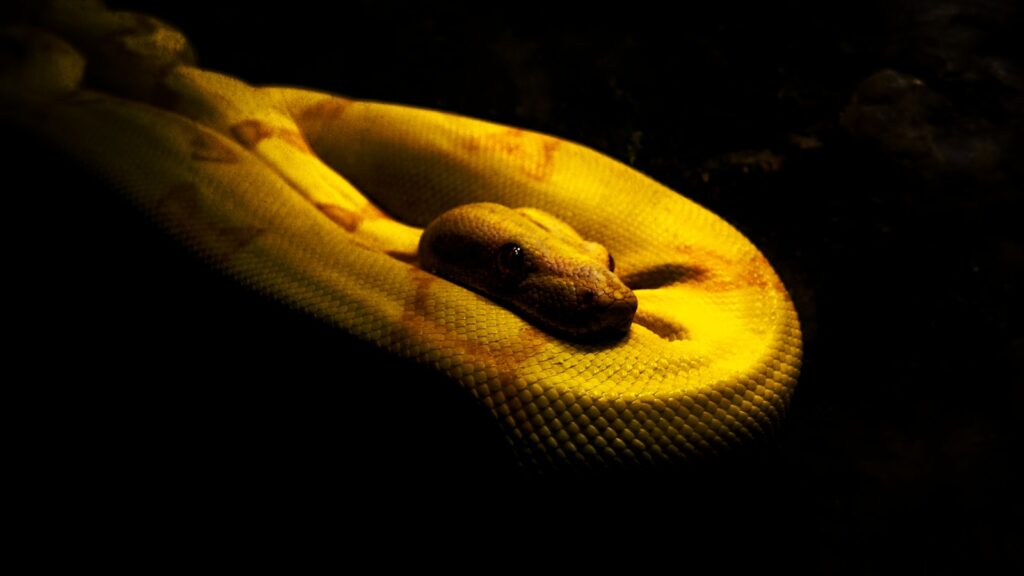
Though largely disconnected from their original meanings, serpent fertility symbols persist in contemporary culture through various manifestations, both obvious and subtle. The medical caduceus and Rod of Asclepius continue to symbolize healing and life preservation, carrying forward ancient associations between snakes and vitality into modern healthcare iconography. Religious snake-handling traditions in some Appalachian Christian denominations represent a syncretistic survival of much older fertility and power associations, reinterpreted through biblical narrative. In parts of India, Africa, and Southeast Asia, traditional snake festivals continue to be celebrated, often coinciding with agricultural calendars or fertility seasons. The persistence of snake symbolism in contemporary jewelry, particularly in wedding rings and fertility amulets in certain cultures, demonstrates the remarkable tenacity of these ancient associations. Even modern environmental movements sometimes invoke the “earth serpent” as a symbol of the planet’s regenerative capabilities, unconsciously echoing ancient fertility associations in contemporary ecological discourse.
In tracing the serpentine path through human history, we find that the snake’s association with fertility represents one of humanity’s oldest and most persistent symbolic relationships. From the biological basis that made snakes natural fertility symbols to their elaborate incorporation into religious systems worldwide, serpents slithered into the human consciousness as powerful representatives of life’s creative forces. While modern societies have largely lost the direct connection to these ancient meanings, the whispers of these primordial associations continue to influence how we perceive and represent these remarkable creatures. The universal nature of snake fertility symbolism across independent cultures suggests something profound about human perception and meaning-making—how our ancestors looked to the natural world for metaphors to understand the mysteries of creation and found in the serpent a perfect embodiment of life’s regenerative power. This cross-cultural symbolic unity reminds us of our shared human heritage and the common language of symbols that continues to speak across time and cultural boundaries.

